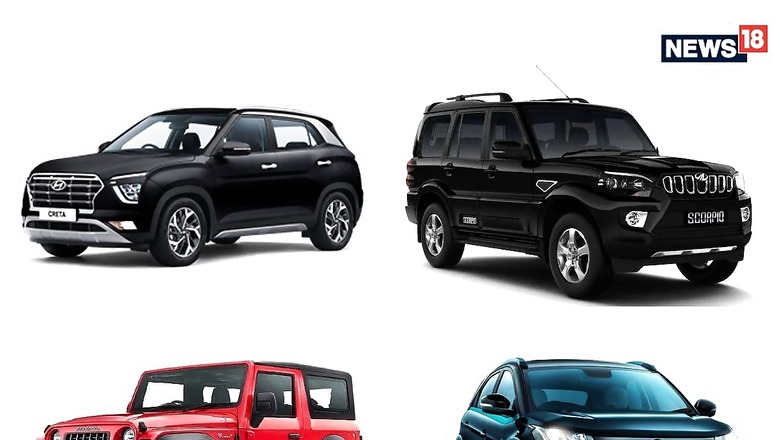
views
In a recent development that has set automobile enthusiasts and potential buyers on edge, the prices of Sports Utility Vehicles (SUVs) and Multi-Purpose Vehicles (MPVs) are slated to increase by 2 percent.
This price hike is attributed to the rise in the Goods and Services Tax (GST) cess, causing concerns among consumers.
The Finance Ministry recently made an important announcement, disclosing the revised rates that will be applicable to SUVs and MPVs across the nation. This adjustment will immediately burden buyers with higher costs for these sought-after vehicle segments.
Currently, under the existing GST structure, larger UVs are subjected to a GST rate of 28 percent and a cess of up to 22 percent. Hybrid UVs carry a cess rate of 15 percent, followed by two cess slabs of 20 percent and 22 percent, respectively.
In light of the changes, bigger UVs will be subject to the highest cess rate of 22 percent if the vehicle meets any of the following three specifications:
- Ground clearance of 170mm without passenger weight
- Length exceeding 4 meters
- Engine capacity exceeding 1500cc
Furthermore, the condition commonly referred to as “SUV” has been removed. Consequently, all larger SUVs/MPVs that were previously attracting a 20 percent cess will now be subject to a 22 percent cess. As a result, the prices of SUVs/MPVs will witness a 2 percent increase.
However, it remains unclear which UV models will incur a higher cess, as the specifications provided in the company’s sales brochure differ from those during vehicle homologation. Homologation refers to the government-issued certificate that permits a product’s entry into the market. The GST Council relies on the specifications provided by the manufacturer during the homologation process.
The surging popularity of UVs over the past three years has necessitated the imposition of higher cess rates on these vehicles. In the first two months of the current fiscal year, passenger vehicle manufacturers dispatched a cumulative total of 363,563 UV units to dealers. Consequently, their share in the overall passenger vehicle dispatches rose from 51.50 percent to 54.61 percent compared to the same period the previous year. In total, 665,625 units of passenger vehicles were dispatched during this two-month period.




















Comments
0 comment